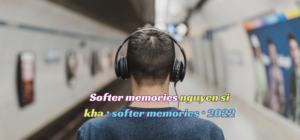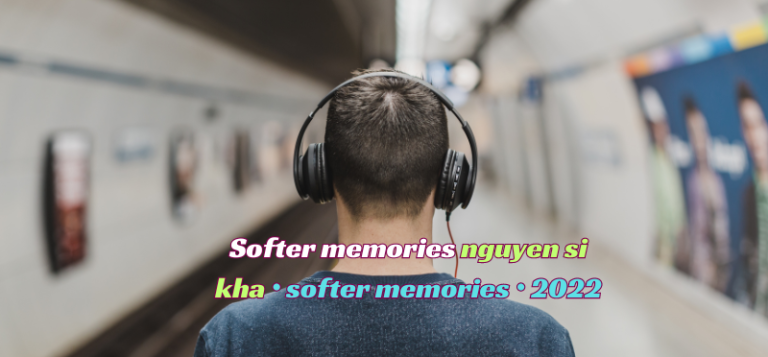Writing a book is a labor of love, a journey that demands careful consideration at every turn. One crucial decision often overlooked in the process is choosing the right illustrator whose artistic style seamlessly aligns with your book’s genre and tone. The visual elements of your book play a pivotal role in shaping the reader’s experience, making it essential to find an illustrator whose work enhances and complements your narrative. In this post, we’ll delve into the significance of this choice and provide guidance on navigating the vast sea of artistic aesthetics to find the perfect match for your literary project.
The Power of Visual Storytelling
Before you go out and hire a book illustrator, let’s take a moment to appreciate the power of visual storytelling. As much as words weave a tapestry of emotions and ideas, illustrations have the ability to enhance and elevate the reader’s connection to the narrative. A carefully chosen artistic style can set the mood, convey themes, and breathe life into your characters, enriching the overall reading experience.
Understanding Your Book’s Genre and Tone
The first step in this artistic journey is to thoroughly understand the genre and tone of your book. Is it a whimsical children’s story, a gripping mystery, or a thought-provoking piece of literary fiction? Each genre carries its own visual language, and the illustrations should align with the expectations of your target audience.
For example, a children’s book may benefit from vibrant and playful illustrations with bold colors and exaggerated characters. On the other hand, a mystery novel might call for darker, more atmospheric visuals that tease the reader’s imagination. Aligning the illustrator’s style with the mood of your narrative ensures a harmonious blend that captivates readers from the first page.
Researching Different Artistic Aesthetics
With a clear understanding of your book’s genre and tone, it’s time to embark on a journey through the vast realm of artistic aesthetics. Illustrators come in all shapes and styles, from traditional pen and ink drawings to digital illustrations bursting with color. Take the time to explore different portfolios, paying attention to the nuances of each artist’s work.
Consider the level of detail, the use of color, and the overall vibe portrayed in their previous projects. Look for artists who have experience in your book’s genre or have demonstrated versatility in adapting their style to different narratives. The goal is to find an illustrator whose aesthetic not only resonates with your vision but also enhances the emotional impact of your story.
Aligning Style with Narrative Themes
Beyond the genre, your book likely carries specific themes and motifs that deserve special attention. Whether it’s a recurring symbol, a unique setting, or a particular atmosphere, these elements can be accentuated through the illustrator’s style. Discuss these thematic aspects with potential illustrators to ensure they grasp the subtleties and can translate them into captivating visuals.
For instance, if your narrative is steeped in nostalgia, an illustrator with a penchant for vintage-inspired art may be the perfect fit. On the other hand, a futuristic or fantastical theme might call for an artist skilled in creating otherworldly landscapes and characters. By aligning the illustrator’s style with your narrative themes, you create a visual harmony that resonates with readers on a deeper level.
Balancing Consistency and Diversity
While it’s crucial to find an illustrator whose style complements your book, there’s also room for a healthy balance of consistency and diversity. A book is a multifaceted creation, and different scenes may require varying visual approaches. A skilled illustrator should be able to maintain a cohesive overall aesthetic while adapting their style to suit the unique demands of each moment in your narrative.
Discuss with potential illustrators how they handle diversity within their portfolio. Are they capable of adjusting their style to suit different scenes, characters, and moods? Finding an artist who can strike this delicate balance ensures a visually engaging reading experience that evolves with the twists and turns of your story.
Collaboration and Communication
Choosing the right illustrator is not just about their artistic prowess; it’s also about finding someone with whom you can communicate effectively. A collaborative relationship is key to bringing your vision to life. Look for illustrators who are open to feedback and willing to engage in a dialogue about your book’s themes, characters, and overall aesthetic.
Establishing clear communication channels from the outset prevents misunderstandings and ensures that both you and the illustrator are on the same page. Share your ideas, provide examples, and encourage the illustrator to share their insights and suggestions. A successful collaboration results in illustrations that not only complement your narrative but also elevate it to new heights.
Budget Considerations and Negotiations
As with any creative endeavor, budget considerations play a significant role in the decision-making process. Before diving into negotiations with potential illustrators, establish a realistic budget based on your project’s scope and your expectations. Keep in mind that experienced illustrators may command higher fees, but their expertise can be invaluable in bringing your vision to life.
Be transparent about your budget from the beginning, and discuss with illustrators how they structure their fees. Some may charge per illustration, while others may offer package deals for the entire project. Negotiate with a focus on value rather than simply aiming for the lowest price. A skilled illustrator who understands your vision and can deliver high-quality work is an investment that pays off in the long run.
Finalizing Your Decision
After thorough research, discussions, and negotiations, it’s time to make the final decision. Trust your instincts and choose an illustrator whose style resonates with you on a personal level. Remember that this collaboration is not just a business transaction; it’s a partnership that will shape the visual identity of your book.
Request a small sample illustration or a sketch to ensure that the illustrator’s style aligns with your expectations. This allows for any necessary adjustments before diving into the full project. Once you’re confident in your choice, establish a clear timeline and communication plan to keep the collaboration on track.
Conclusion
In the intricate dance of words and visuals that is a book, choosing the right aesthetic is a decision that should not be taken lightly. The collaboration between an author and an illustrator is a unique synergy that has the power to elevate your narrative to new heights. By understanding your book’s genre and tone, researching artistic aesthetics, aligning style with narrative themes, and fostering effective communication, you can navigate the vast sea of choices to find the perfect match for your literary project.
Remember that the right illustrator is not just a hired hand but a creative partner who shares your passion for storytelling. With careful consideration and open communication, you’ll embark on a visual journey that enhances the reader’s experience and brings your literary vision to life in ways you never imagined. So, set sail into the world of artistic possibilities and let your book’s aesthetic be a testament to the beauty that unfolds when words and images dance together on the pages of your masterpiece.




















